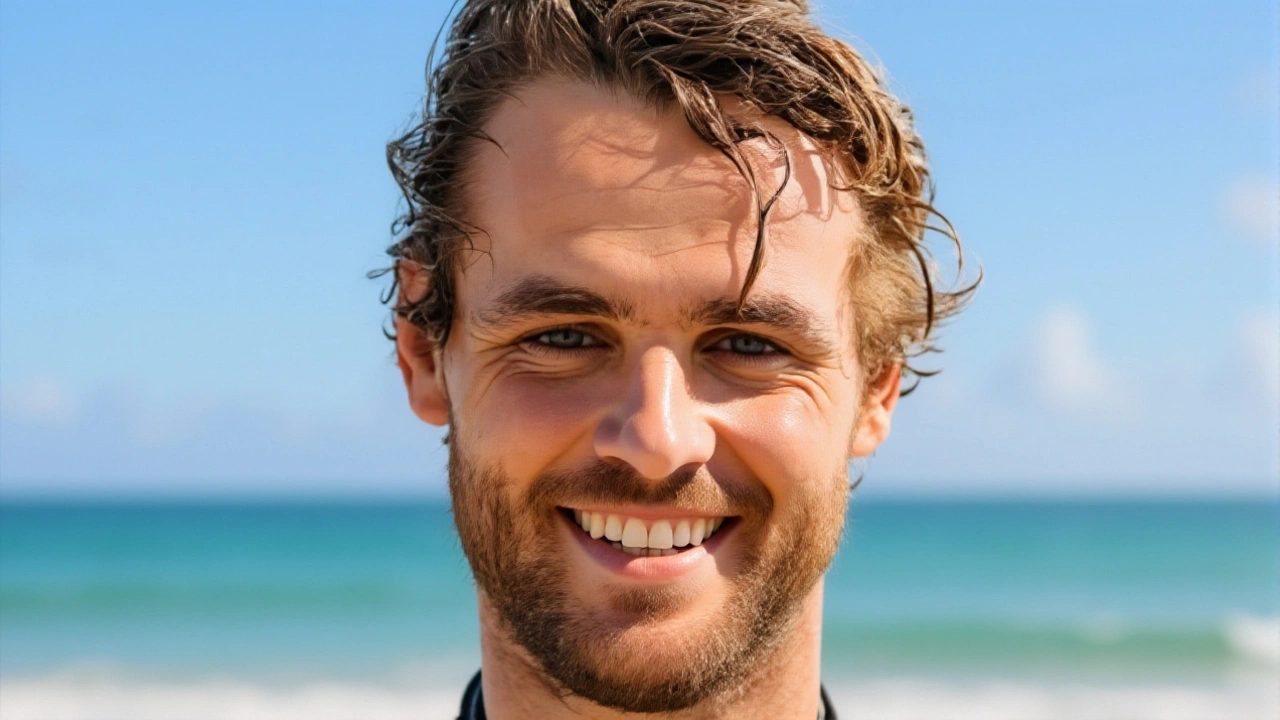All About Kitesurfing: Gear, Spots, Safety and Trends
When talking about kitesurfing, a wind‑powered water sport that blends surfing, paragliding and freestyle tricks. Also known as kite surfing, it thrives on the right wind conditions, uses specialized kiteboarding equipment and is often tied to iconic beach destinations. Understanding how these pieces fit together helps you choose the perfect spot, stay safe and ride the latest trends.
First off, wind is the lifeblood of this sport. You need steady breezes between 12 and 30 knots for most tricks, but the exact range changes with the kite size and rider skill. Coastal enclaves like Cape Town’s Blouberg, Lagos’s Tarkwa Bay or the Mauritius coast offer reliable trade winds that attract both locals and tourists. When the wind picks up, you’ll see bigger kites, higher jumps, and more daring manoeuvres – but you’ll also need the right safety gear, from helmets to quick‑release systems.
Gear Essentials That Shape Every Session
The equipment lineup starts with the kite itself – a fabric wing that captures wind and translates it into pull. Modern kites come in four‑line or foiling designs, each with distinct handling. Four‑line kites give you precise control, ideal for freestyle and wave riding, while foils glide smoothly in lighter breezes, perfect for beginners. Next up is the board: twin‑tip boards let you ride in either direction without switching foot placement, whereas directional surf‑style boards let you carve waves more naturally. Lastly, harnesses (seat or waist) transfer the kite’s pull to your body, reducing arm fatigue and letting you stay out longer. Pairing the right kite size with your weight and skill level is the key to a smooth lift‑off.
Safety isn’t an afterthought; it’s woven into every part of the sport. Before you launch, always check the weather forecast and local regulations – some beaches have kitesurf‑only zones or time‑restricted windows. A quick pre‑flight checklist should cover line twists, kite inflation, and a functional quick‑release. In the water, keep an eye on other water users and respect right‑of‑way rules – kite surfers generally have priority over swimmers but must yield to boats. And if the wind drops or you feel fatigued, a controlled depower and safe landing are essential to avoid injury.
Beyond personal practice, kitesurfing fuels a vibrant competition scene that pushes the sport forward. Events like the World Kiteboarding Championships, Red Bull King of the Air, or the African Kitesurf League showcase the latest tricks, equipment innovations, and local talent. These contests often spotlight emerging spots – a new wind corridor in Namibia or a hidden lagoon in Ghana can become the next hotspot after a high‑profile event. Following the competition circuit also gives insight into evolving techniques, from big‑air jumps to technical wakestyle combos.
For those just starting, the learning curve can feel steep, but community schools and online tutorials make it accessible. Many coastal towns host certified instructors who teach foundational skills in a controlled environment. Online forums and video breakdowns let you study kite setups, line management, and crash recovery at your own pace. The blend of hands‑on lessons and digital resources means you can progress from basic kite control to advanced tricks without feeling lost.
All of this background sets the stage for the collection of articles below. Whether you’re hunting the best wind‑rich beaches, comparing the latest kite models, or catching up on competition highlights, you’ll find practical tips, expert analysis and up‑to‑date news right here. Dive into the posts to sharpen your ride, stay informed, and make the most of every gust.
Cape Town Kitesurf Legend Graham Howes Dies at 38 After Search
By Sfiso Masuku On 7 Oct, 2025 Comments (16)

Cape Town kitesurf legend Graham Howes, founder of Dirty Habits, died at 38 after a NSRI search. Community mourns his loss and honors his legacy.
View More




